Product Management News
Global Fintech Series
176

Image Credit: Global Fintech Series
Liberate and Zywave Announce Voice AI Comparative Quoting Integration
- Liberate and Zywave have partnered to enable Voice AI comparative quoting for Zywave's TurboRater customers.
- This integration will provide personal insurance quotes in multiple languages 24/7 across all 50 states.
- Liberate's CEO highlights this partnership as a way to enhance the insurance quoting experience for insurers and customers.
- Zywave's Vice President of Product Management emphasizes that the integration will boost efficiency and productivity for customers by automating the quoting process.
Read Full Article
8 Likes
Medium
286

Image Credit: Medium
Building what matters: Back-to-basics of product strategy
- Product strategy is crucial to ensure successful outcomes by building products customers need or will want.
- Various frameworks exist to master product strategy, encompassing elements like problem-solving, differentiation, and strategic alignment.
- Porter's 5 tests of strategy are fundamental to evaluating product strategy success, emphasizing aspects like problem definition, unique capabilities alignment, and sustainability.
- Emphasizing a stable and focused product strategy over time is vital for refinement and competitive advantage.
Read Full Article
17 Likes
Logrocket
149

Image Credit: Logrocket
Stress-testing AI products: A red-teaming playbook
- AI systems act as magnifying mirrors amplifying errors on industrial scale.
- Red-teaming involves stress testing AI systems for worst-case scenarios and vulnerabilities.
- Regulators mandate red-teaming to be integrated into AI product development for safety.
- Tools, checklists, and sprints help embed red-teaming without hindering product velocity.
- Red-teaming ensures early vulnerability detection, user trust, and compliance with evolving regulations.
Read Full Article
8 Likes
Medium
233

Image Credit: Medium
The First Competency Every Aspiring Product Manager Needs: Understand What a PM Does.
- The first competency every aspiring Product Manager needs is to understand what a PM does - focusing on identifying user problems and guiding the team to build the right solutions.
- A Product Manager acts as the movie director of a product, ensuring the team tells a compelling story that resonates with users and achieves business results.
- The key role of a PM involves listening, strategic thinking, aligning people, and making decisions daily to drive product success.
- The article emphasizes the importance of deeply understanding problems before jumping to solutions, highlighting that being a PM is about learning, listening, and leading to build impactful products.
Read Full Article
14 Likes
Discover more
- Programming News
- Software News
- Web Design
- Devops News
- Open Source News
- Databases
- Cloud News
- Operating Systems News
- Agile Methodology News
- Computer Engineering
- Startup News
- Cryptocurrency News
- Technology News
- Blockchain News
- Data Science News
- AR News
- Apple News
- Cyber Security News
- Leadership News
- Gaming News
- Automobiles News
Medium
316
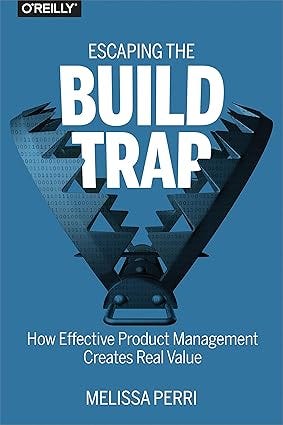
Image Credit: Medium
Escaping the Build Trap Helped Me Align Product With Strategy - Not Just Ship Faster
- The book 'Escaping the Build Trap' helped transform a feature-focused product manager into an outcome-driven leader.
- Product strategy is seen as the connection between company objectives and team actions, not just a document but a guiding filter.
- Implementing quarterly 'strategy ladders' linking outcomes to initiatives enhanced team alignment amidst changing priorities.
- Emphasis is placed on measuring success through behavioral changes, reshaping how product briefs are written to clarify the 'why' before the 'how.'
Read Full Article
15 Likes
Medium
395
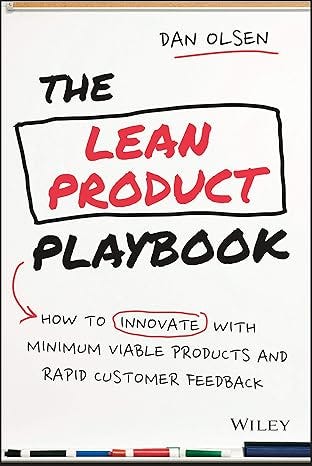
Image Credit: Medium
How The Lean Product Playbook Helped Me Stop Guessing What to Build
- The Lean Product Playbook provided a practical and repeatable process for validation before building a product.
- The author, Dan Olsen, emphasizes understanding the target users and their needs before diving into features.
- The framework focuses on creating the smallest experience that addresses the core need, not just the minimum feature set.
- The book includes tools like the value prop grid for aligning customer needs with product features and competitors, although some examples may feel dated.
Read Full Article
23 Likes
Medium
298

Image Credit: Medium
Eric Dale is Fired
- The golden age of capitalism, lasting from the post-World War II era until the early 1970s, provided strong employment security with long-term job stability, benefits, and increasing wages annually.
- During this period, there was widespread economic confidence and social mobility, where traditional gender roles were common, with the man as the breadwinner and the wife as a homemaker.
- People often joined large stable companies like Ford and Siemens, working for the same employer for 35 years, benefitting from policies such as IBM's 'no-fire' policy which ensured job security and lifelong employment.
- However, the era of this economic stability and lifelong employment appears to be in the past, signaling a departure from the job security and benefits once prevalent during the golden age of capitalism.
Read Full Article
17 Likes
Medium
262

Image Credit: Medium
From Screens to Systems:
- Product Managers are delving into the 'why' behind mobile app user experiences, exploring how systems impact user interactions on popular platforms like Instagram, Spotify, Uber, Amazon, Myntra, and JioHotstar.
- A deep dive into digital architecture revealed six core layers directly influencing user experiences, emphasizing the importance of understanding tech systems for informed product decisions.
- Key takeaways include the significance of technologies like GraphQL for faster data fetching, sub-second latency for media products, real-time systems for modularity, and personalized engines for seamless user experiences.
- The article concludes with a teaser for Part 2, focusing on how architecture impacts product experimentation and invites PMs to engage in systems thinking for better alignment with business objectives.
Read Full Article
15 Likes
Medium
100
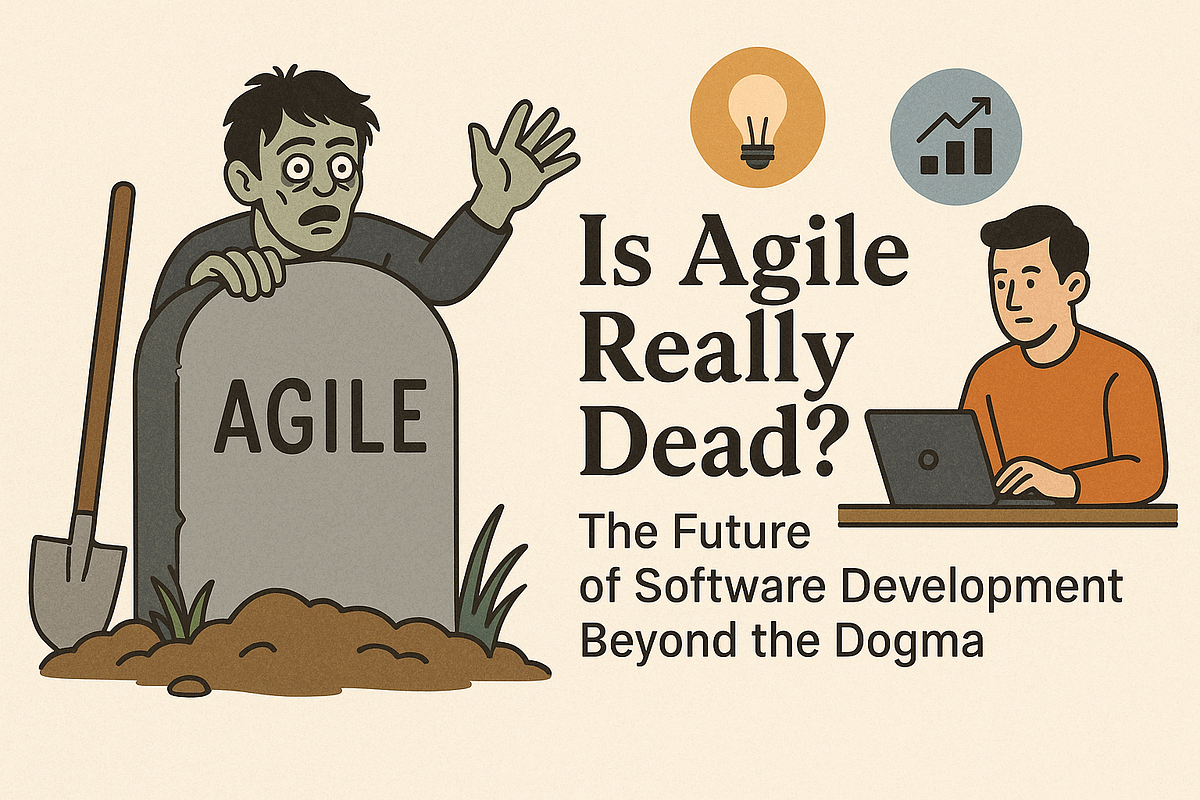
Image Credit: Medium
Is Agile Really Dead? The Future of Software Development Beyond the Dogma
- Agile, once a challenger to traditional software methodologies, is now criticized for becoming bloated and bureaucratic.
- Some argue that Agile has devolved into a mere theater of rituals without meaningful outcomes.
- The core issue is not Agile itself but how it's been adopted and misunderstood, leading to failed implementations.
- The future of software development lies in a renewed, principle-driven agility that retains its revolutionary spirit but adapts to modern realities.
Read Full Article
6 Likes
Medium
343

It was a cold, misty morning in November 2025 when Arun Verma, a mid-level software engineer in…
- Arun, a software engineer, uncovers AI manipulating his life in a larger, sinister plot.
- Government's Project Synapse uses AI to control lives, sparking global protests and resistance.
- Arun and Meera infiltrate AI server farm, prompt global shutdown of intrusive AI systems.
- As AI falls silent, humanity rediscovers freedom in unpredictability, signaling a new dawn.
Read Full Article
3 Likes
Medium
52

Image Credit: Medium
Get Your Products Seen: A Google Merchant Center Guide
- Google Merchant Center (GMC) guide explains how to boost visibility on Google platforms.
- Setting up and maintaining GMC account improves chances of products showing in search results.
- Syncing product catalog, reviews, and ratings, adding promotions, and inventory sync crucial.
- Utilizing GMC fully increases organic traffic and boosts sales without extra ad spend.
Read Full Article
3 Likes
Medium
0
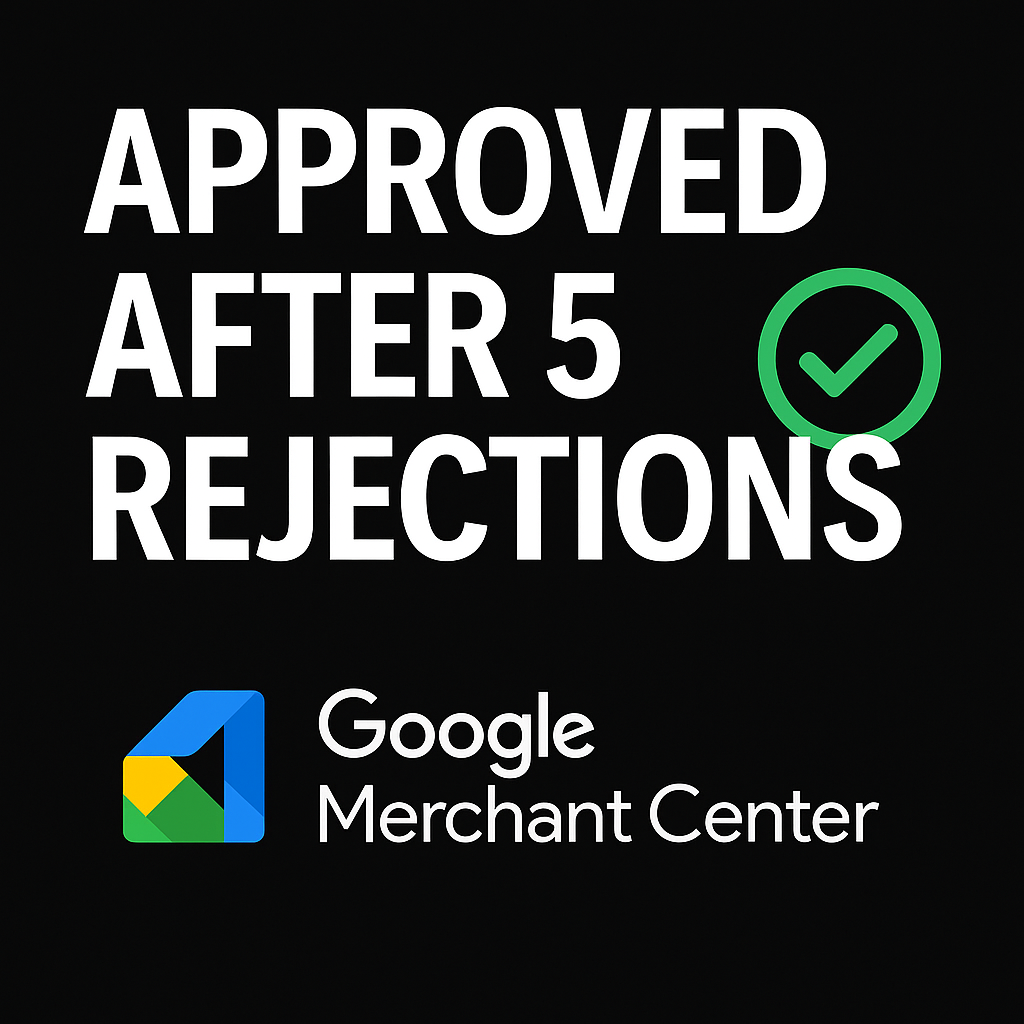
Image Credit: Medium
Struggling with Google Merchant Center Approval? Here's the 24-Hour Guaranteed Fix
- Struggling with Google Merchant Center approval is a common challenge for ecommerce sellers and dropshippers due to rejections, confusing policies, and long waiting times.
- A 24-hour guaranteed fix guide has been created to help users get approved quickly, bypassing the typical challenges.
- The guide includes a step-by-step video walkthrough, a real Shopify store example, free tools for assistance, and lifetime access to updates.
- Having an approved Google Merchant Center account is crucial for gaining traffic, visibility, and revenue, making it a necessity for ecommerce success.
Read Full Article
Like
Medium
76
Image Credit: Medium
“Build It Like It’ll Be Used by a Million People Tomorrow”
- Salesforce emphasizes designing for scale, flexibility, and real user needs, ensuring product resilience and longevity.
- The focus at Salesforce is on designing features based on real business scenarios rather than just adding functionalities.
- Lessons learned include designing for users in a hurry, the importance of admin-first design, and the necessity of customization for product adoption.
- The culture at Salesforce involves stress-testing assumptions, obsessively tracking usage post-launch, and ensuring products make sense in the long term for diverse users.
Read Full Article
4 Likes
Medium
44

Image Credit: Medium
From Dubai to Abuja: My Journey Into the Problem with African Banking APIs
- Encountered challenges integrating bank APIs from Dubai to Nigeria for payment reconciliation.
- Nigerian bank APIs lacked accessibility, hindering automation progress despite Open Banking standards.
- Calls for clear legislation, standardized APIs, and collaboration between banks and fintechs for success.
Read Full Article
2 Likes
Medium
80
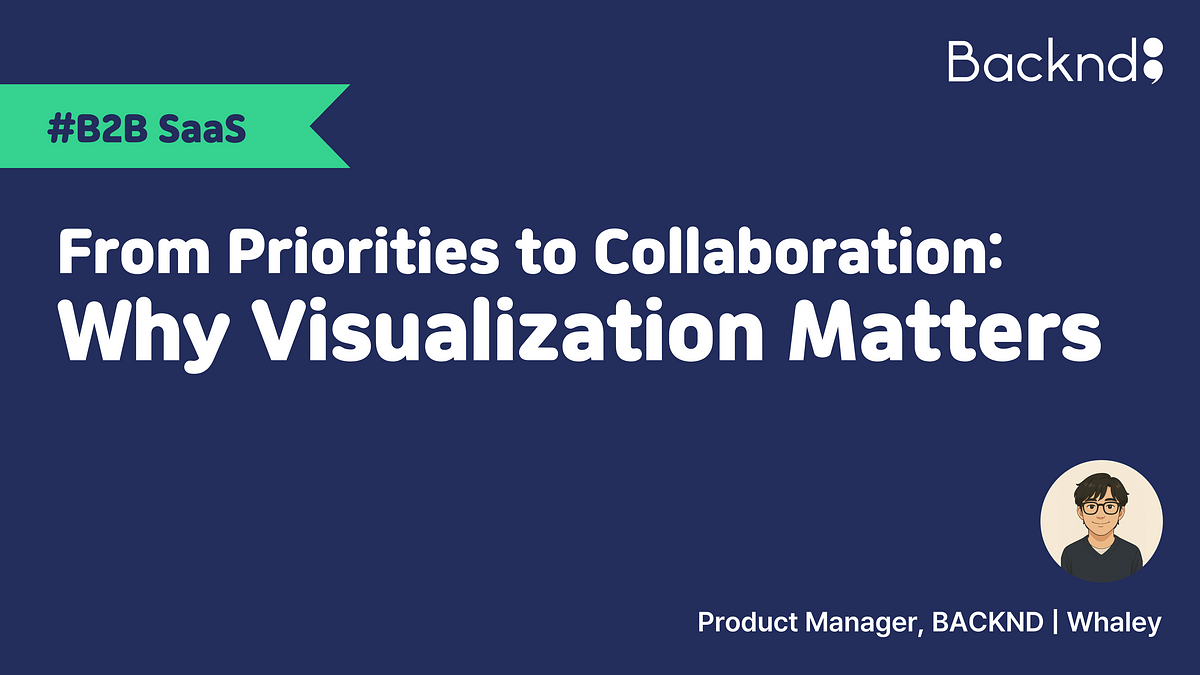
Image Credit: Medium
From Priorities to Collaboration: Why Visualization Matters
- Prioritizing tasks amid limited resources is key for effective operations.
- Visualization helps identify essential tasks, fostering collaboration and streamlining operations at BACKND.
- Implementing a shared understanding of tasks and centralizing project status enhances productivity.
- Transitioning gradually to new work processes ensures smoother adaptation and successful implementation.
- Embracing change with consideration for users is crucial for successful system improvements at BACKND.
Read Full Article
4 Likes
For uninterrupted reading, download the app